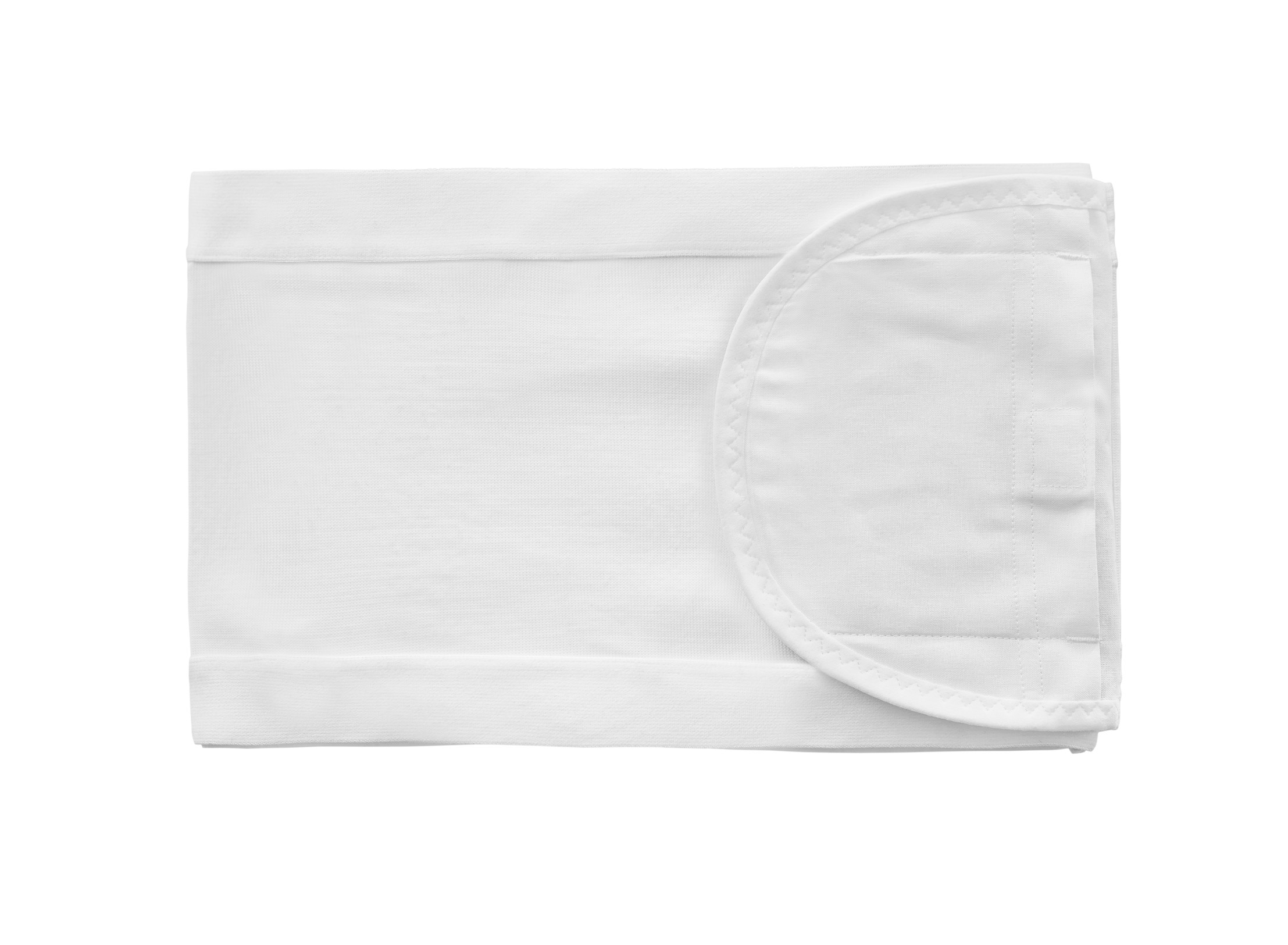
Brava Ostomy Support Belt
Made out of flexible, breathable material, the Brava® Ostomy Support Belt fits around outward-curved abdominal areas to hold up and secure a pouching system, including

Living with an ostomy can be challenging, and complications like parastomal hernias (also called stoma hernia) can add another layer of difficulty. If you’re dealing with this condition, know you’re not alone. Many ostomy patients face similar challenges, and there are ways to manage and overcome them.
In this guide, we’ll explore parastomal hernias, their symptoms, causes, and treatment options. We’ll also discuss prevention strategies and how to choose the right support products. Remember, while this information is helpful, it’s always best to consult your healthcare provider for personalized advice.
Recognizing a stoma hernia is the first step in getting the care you need. A healthcare professional would need to diagnose your condition, but here are some common signs to look out for:
If you notice any of these symptoms or several at the same time, it’s important to reach out to your healthcare provider for an evaluation.
Parastomal hernias occur when part of the intestine pushes through a weak spot in the abdominal muscles around your stoma. Several factors can contribute to their development:
Understanding these causes can help you take steps to prevent hernias or manage existing ones more effectively.
While not always immediately dangerous, a stoma hernia can lead to complications if left untreated. Potential risks include:
It’s crucial to monitor your hernia and work closely with your healthcare team to prevent these complications. Remember, early intervention often leads to better outcomes. Consult with your physician for a care plan that works best for you.
Treatment for a parastomal hernia can range from conservative management to surgical intervention.
Your healthcare team will help you determine the best treatment plan based on your specific situation and needs.
Preventing a parastomal hernia is easier than treating one. Here are some strategies to reduce your risk:
By incorporating these strategies into your daily routine, you can significantly reduce your risk of developing a parastomal hernia.
Choosing the right ostomy hernia belt can make a significant difference in your comfort and hernia management. Here are some factors to consider:
Remember, the “best” belt is the one that works for you. It may take some trial and error to find your perfect fit. For this reason, it makes sense to consult with your medical team for recommendations on what works best for your situation.

Made out of flexible, breathable material, the Brava® Ostomy Support Belt fits around outward-curved abdominal areas to hold up and secure a pouching system, including
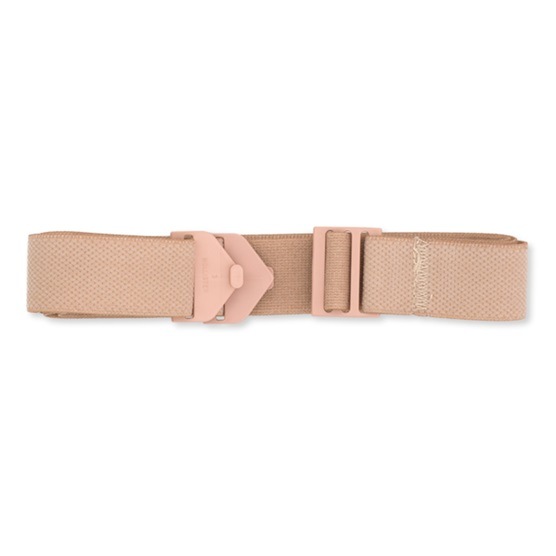
Patients living with an ostomy system seek versatility that aligns with their lifestyle. For support and stability, pair the Adapt Ostomy Belt with any pouch
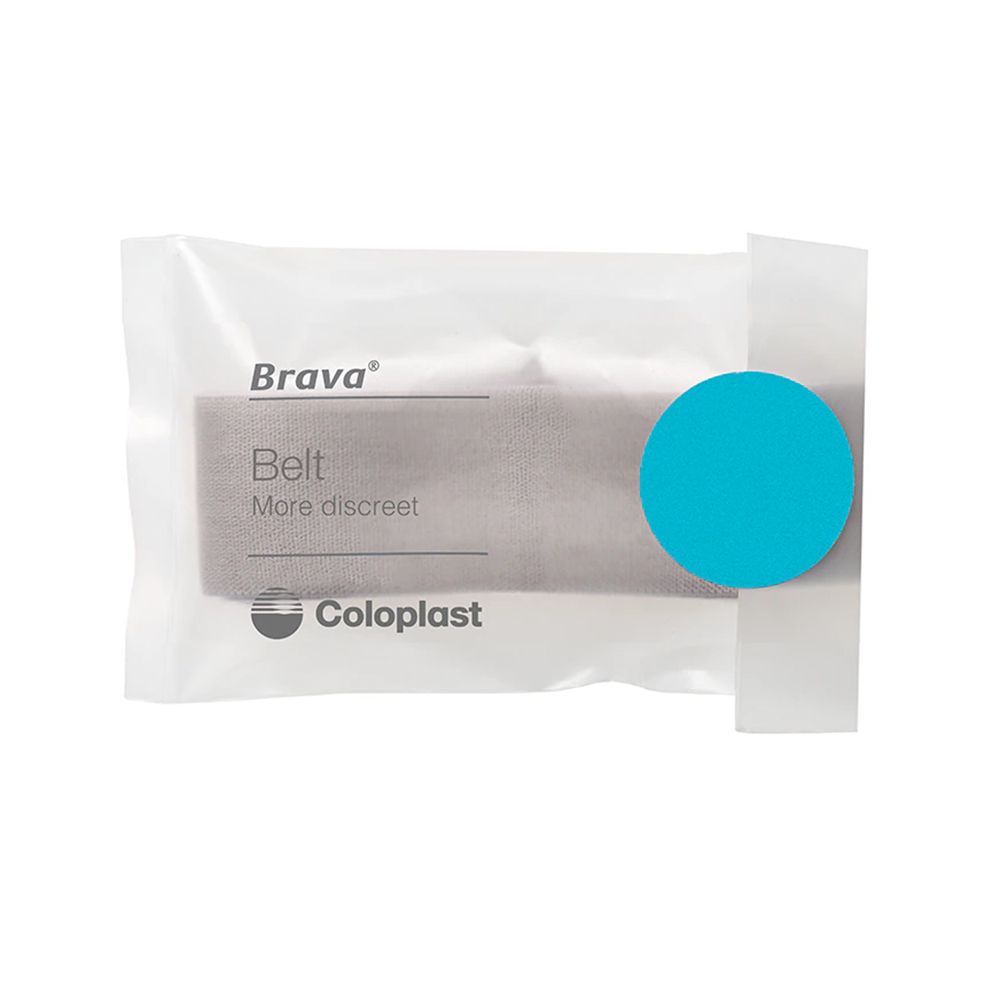
The Brava Belt is made of soft and comfortable material, and is discreet to wear. The belt comes in both a standard and XL size,
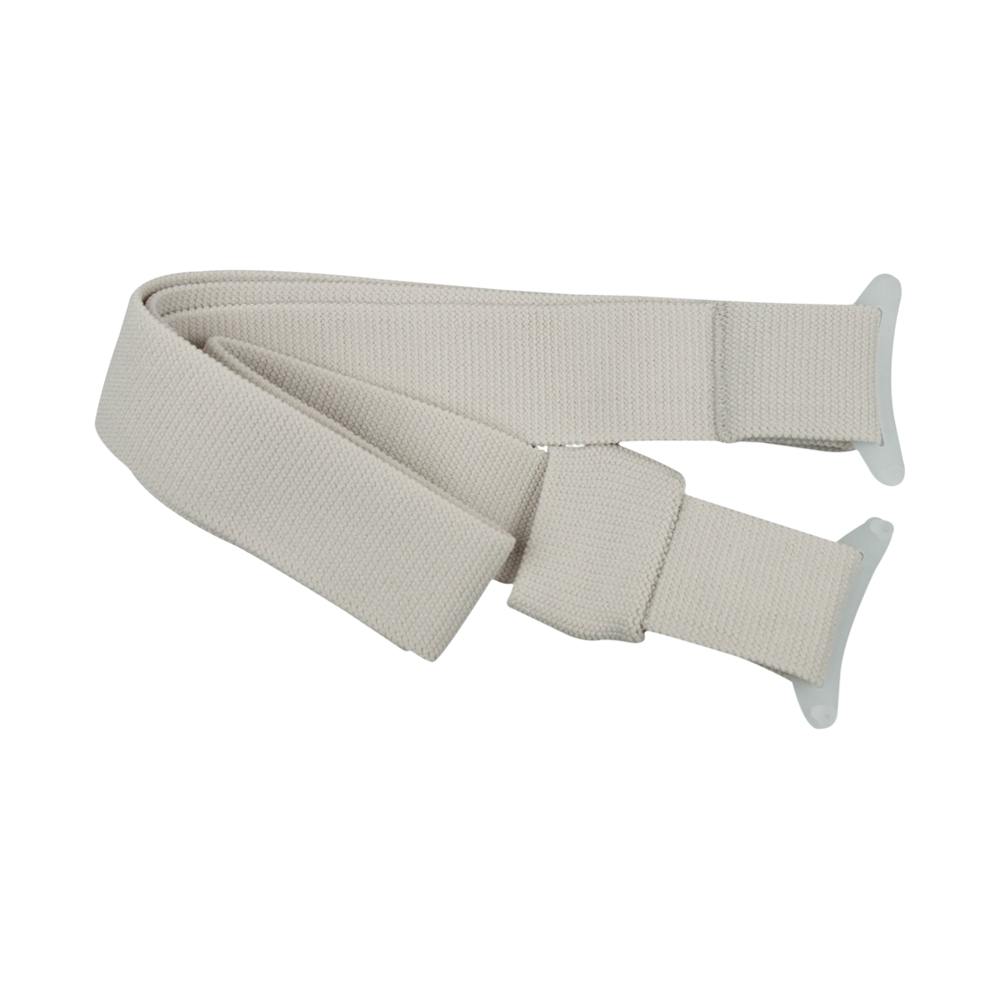
A belt is designed to provide extra security, particularly for someone using a convex barrier. It is used to keep the barrier in place –
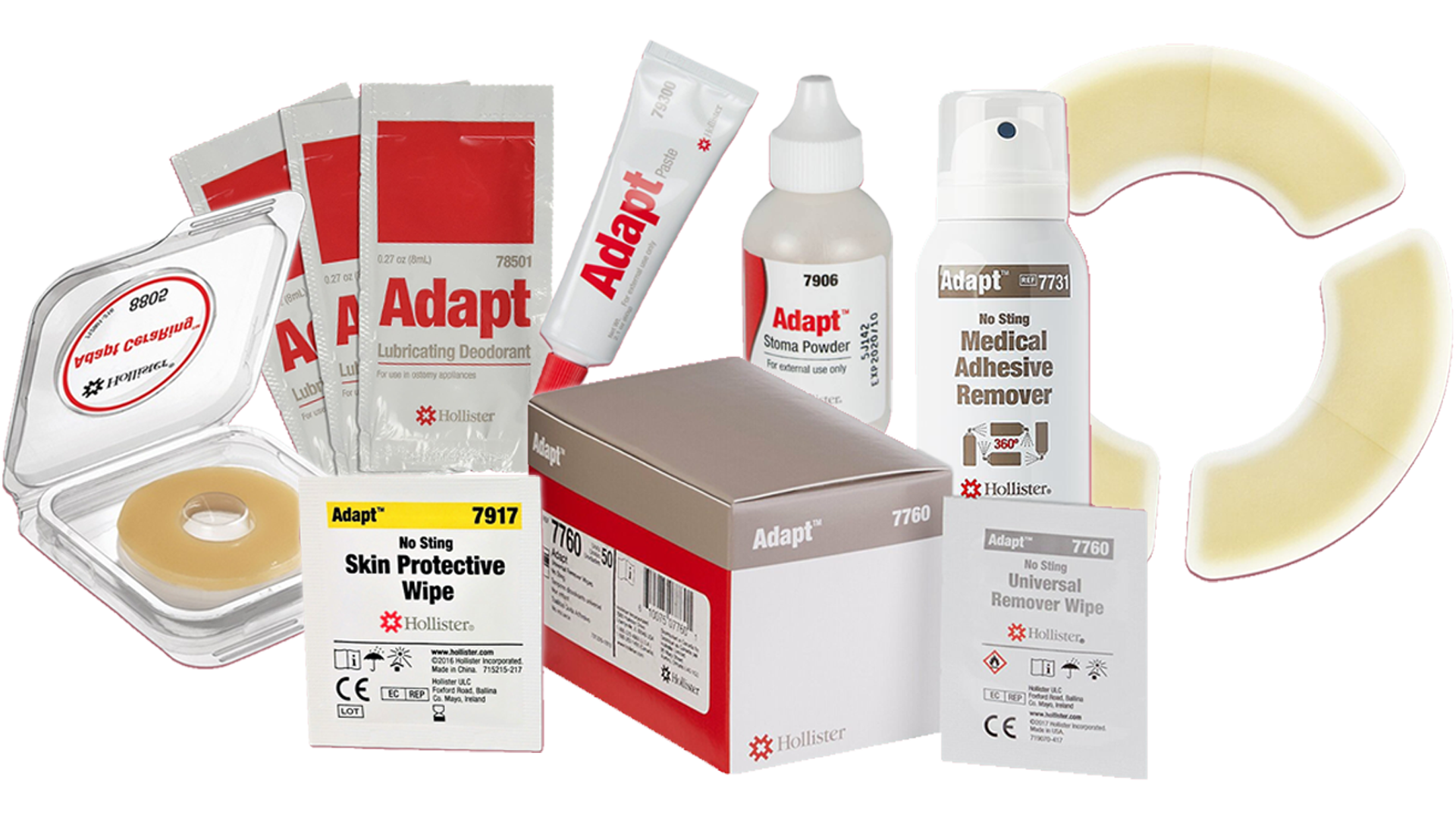
Navigating life with an ostomy? We’re here to help! This guide will walk you through
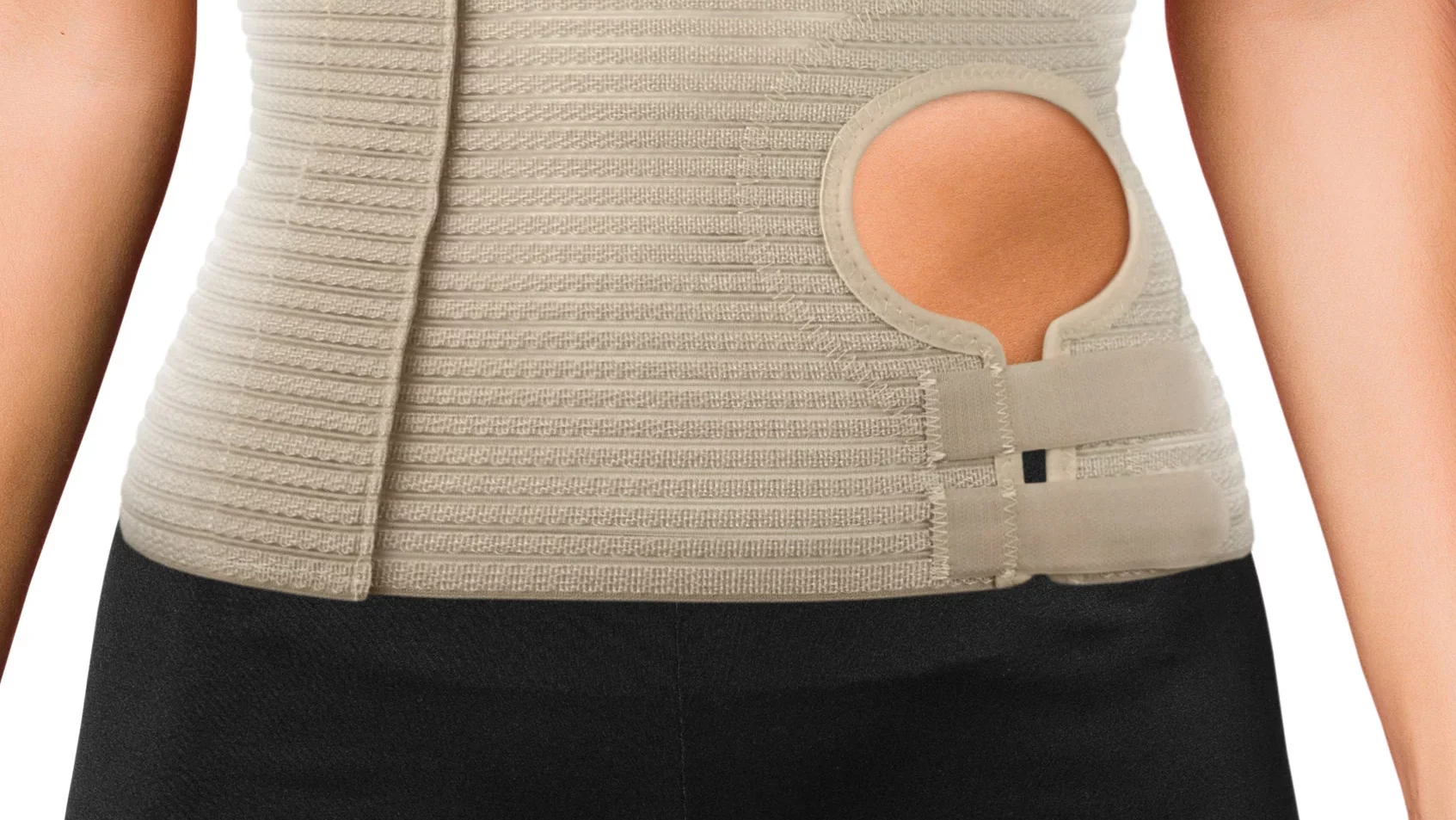
When searching for the perfect ostomy belt, consider factors like comfort, fit, breathability, and the

Choosing the right ostomy products is a critical decision that can significantly impact your quality
